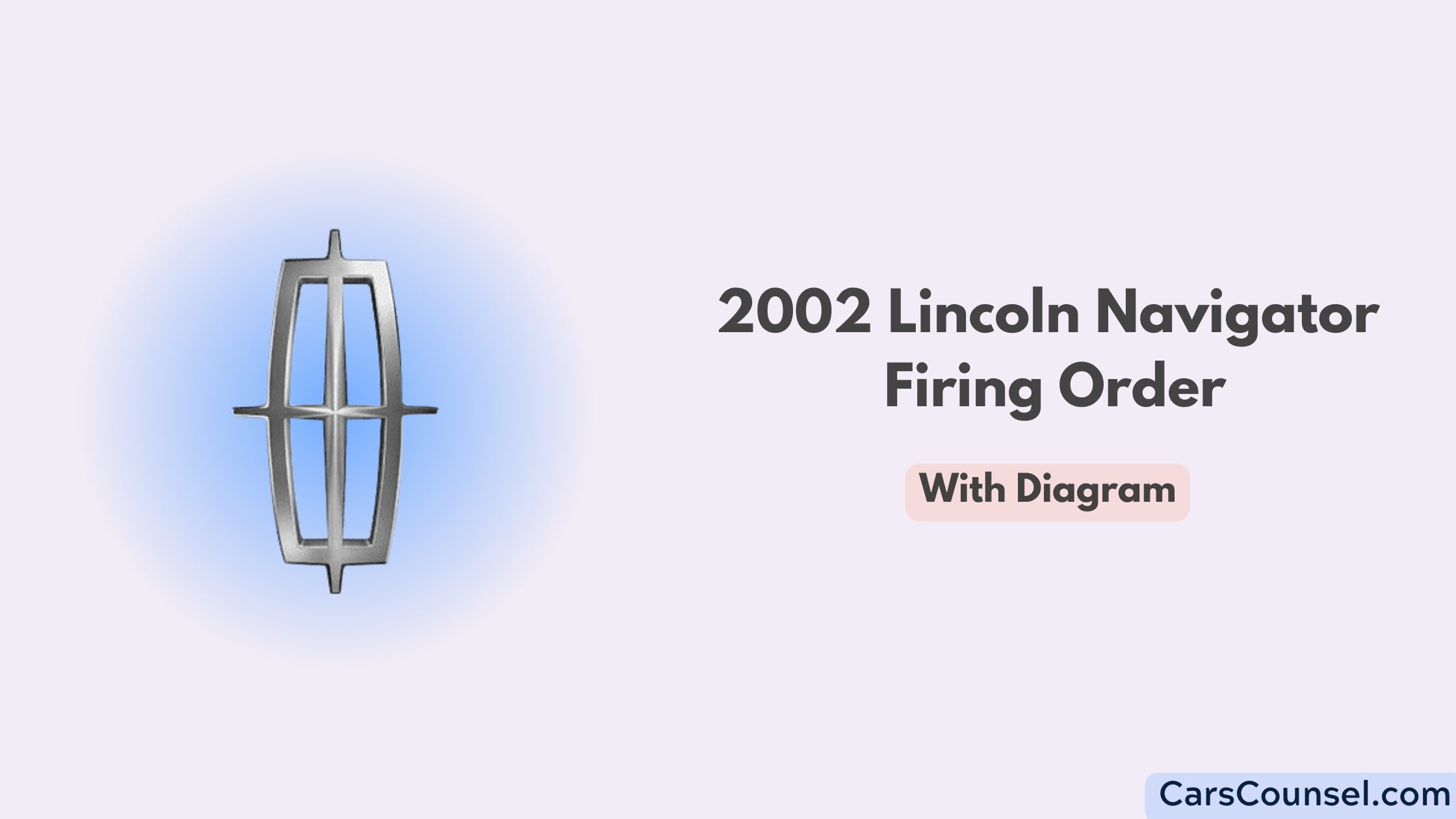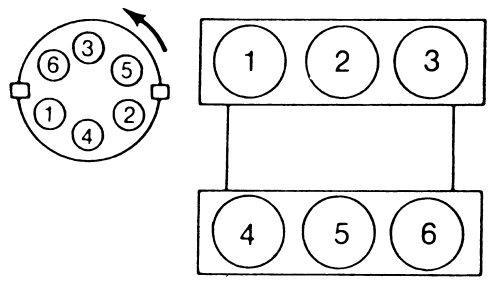The way your 2002 Lincoln Navigator’s engine fires is in this order: 1-3-7-2-6-5-4-8. This order helps your car run smoothly and powerfully. If your car isn’t firing in this order you might notice it’s less powerful, using more gas, shaking when idle, or the ‘Check Engine‘ light might come on.

It’s important to keep this order correct for your engine to work well. Also, knowing this order can help with regular engine check-ups as it’s the same for other Ford V8 engines. If you want to know more, the next sections have more information and a detailed diagram.
Quick Navigation
Key Takeaways
- The 2002 Lincoln Navigator has a 5.4L V8 engine, just like some other Ford V8 engines.
- The sequence in which the cylinders fire on this engine is 1-3-7-2-6-5-4-8, starting from the front of the engine.
- You can find diagrams of this sequence for the 2002 Lincoln Navigator in the car’s service manual or on trustworthy car websites.
- If the firing sequence is wrong, the engine can start to misfire. This can cause the car to lose power, burn more fuel, and make the engine shake.
- Regular checks of the engine and knowing the correct firing sequence can help you keep the engine working well and help you figure out any problems.
Understanding the Firing Order

To really understand why the firing order matters in your 2002 Lincoln Navigator, you need to know that this set sequence of when each cylinder fires up greatly affects how well your engine works. It’s a carefully planned pattern that makes sure power is spread out evenly to each cylinder in a certain order: 1-3-7-2-6-5-4-8.
This cylinder order helps your engine work best by reducing shaking, saving fuel, and boosting power. The first cylinder, found at the front of the engine, starts the sequence. It’s crucial to keep this exact order so your Navigator can give you its known smooth and strong drive. If this order changes, your engine mightn’t work as well, so it’s important for any owner to know the correct firing order.
Symptoms of Engine Misfire
If your Navigator’s engine starts acting up, you’ll probably notice a few clear signs that something’s wrong. The first sign could be a sudden decrease in power, which could also lead to your car using up more fuel than usual. Your car might also start to shake when it’s stationary, making it feel like it’s stumbling or hesitating. When trying to figure out what’s wrong, keep an eye out for these issues as they could suggest your engine needs a check-up.
Another sign could be the ‘Check Engine’ light flashing or staying on. This is your car’s way of telling you it needs some care. Don’t ignore this sign. Regular check-ups can help you avoid these problems. Follow our advice, like getting regular services, to make sure your Navigator keeps giving you a smooth and luxurious ride.
Similar Firing Order Engines
Understanding how your 2002 Lincoln Navigator engine works can be useful, but did you know it has something in common with other engines?
It shares the same firing order (1-3-7-2-6-5-4-8) with some Ford engines like the 5.4L V8 and the 4.6L V8. Even the 2002 Mercury Grand Marquis uses this same order.
This means that these different car models and brands use the same pattern to keep their engines running well. However, the Ford 6.8L V10 uses a different firing order (1-6-5-10-2-7-3-8-4-9).
Knowing this can help you better understand how your Navigator’s engine works, can be useful if you need to fix a problem, and might even make you appreciate the complex design of engines.
Engines with Similar Firing Orders
Conclusion
Knowing your Lincoln Navigator‘s firing order can really improve how it runs. It might seem strange, but it’s true. It’s one of the interesting things about engines.
Now that you know this, don’t just do nothing. Check your engine to make sure it’s working right.
Learning about your car’s technical stuff can be really helpful and interesting. Let’s keep your Navigator running nice and smooth on the road.

